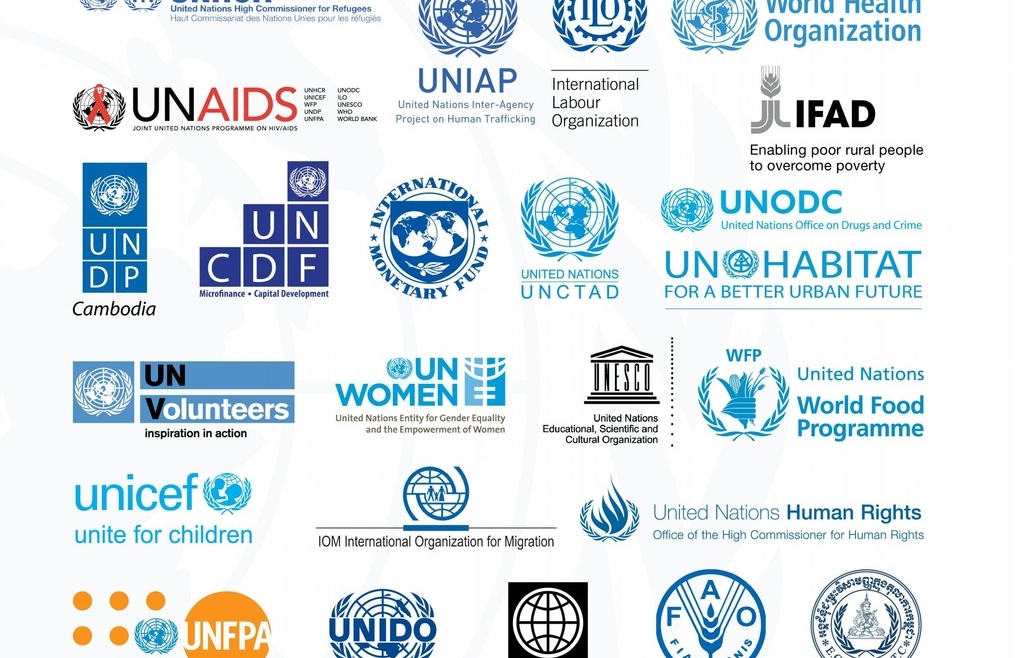Prioritisation of SDGs: National trends, international assistance, and global governance implications
How can the process of SDG prioritisation and the relationship between this phenomenon and the assistance provided by United Nations Specialised Agencies, Funds and Programmes be explained? For her MSc thesis at Utrecht University Oana Forestier identified which SDGs are prioritised by nineteen national governments, delved into national prioritisation processes, and explored the relationship between national prioritisation and assistance granted by the UN system.
The SDGs are regarded as a globally-endorsed agenda that will guide sustainable development until 2030. National governments are primarily responsible for their implementation, with international organisations – and especially the UN – expected to provide some degree of guidance. If guidance is insufficient, countries may cherry-pick certain SDGs based on pre-existing or short-term concerns. If guidance is sufficient but inadequate, international actors may also promote a selective implementation of the goals. At the global level, the aggregate prioritisation of a limited number of SDGs could have negative consequences for overall progress on sustainable development, which makes prioritisation trends and processes important to investigate.
Prioritisation trends, processes, and their relationship with UN assistance
First, Oana conducted a content analysis of nineteen Voluntary National Reviews (VNRs) to identify aggregate prioritisation trends. Second, the relationship between assistance granted by UN Specialised Agencies, and Funds and Programmes and national-level prioritisation processes was explored by undertaking a quantitative analysis coupled with the analysis of two case studies: Bhutan and Vietnam
SDGs 1 and 8 are overtly favoured by national governments, with the UN potentially contributing to prioritisation
Results point to the significant prioritisation of SDGs 1 and 8 compared to others, although no development pillar appears overtly favoured. Conversely, past policy trends show large variations across all SDGs, with no outlier goal but with infrastructure-related goals scoring better than others. The case studies reveal multiple reasons for prioritisation – with both domestic- and international-oriented motives – and shed light on how explicit and implicit prioritisation are expected to be linked.
UN Specialised Agencies, and Funds and Programmescan influence explicit prioritisation by assisting in the creation of development plans, which outline sustainable development priorities, and can do so for implicit prioritisation by selectively allocating assistance to ‘on-the-ground’ activities, that is to design policies, upgrade governance arrangements, and implementing projects. This points to the importance of international coordination mechanisms in ensuring coherence across development partners’ activities.
Oana will soon begin the process of writing up her thesis into a journal article.



